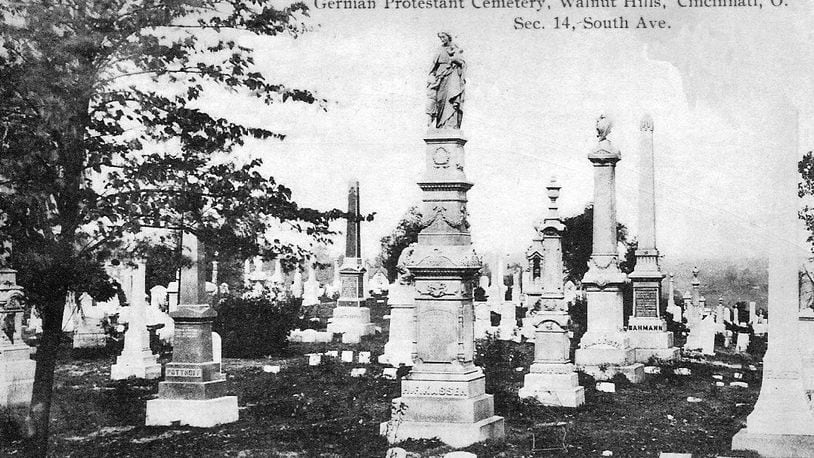Dalton’s research began when he learned the body of John Scott Harrison, the son of William Henry Harrison, the ninth president of the United States, was stolen from the grave.
Despite a watchman and heavy stones placed on his casket after burial, Harrison’s body was stolen by a resurrectionist — the professional name for a body snatcher — and taken to the Medical College of Ohio in Cincinnati.
“I’d never heard of grave robbing before,” Dalton said. “I can hardly stand to look at a dead skunk on the road let alone waiting days to dig up a stinky body out of the ground.”
More than 5,000 bodies were stolen in Ohio during this time, according to Dalton.
Body snatchers stole corpses and sold them to medical schools where they were used for dissection and to learn about human anatomy.
Dalton said colleges would pay $25 to $30 for a body and then charge six students $10 each to work on the body.
“Do you want to be the kind of doctor who has seen where everything is or someone who is guessing when they’re cutting into you?” Dalton said. “That was their argument.”
Body snatchers were clever and had to work fast.
They could dig up the top portion of a grave, break open the coffin lid and slip a hook inside to drag the body out.
“Replace the coffin lid and put the dirt back and you could never tell the difference,” Dalton said.
The book is filled with chapters of fascinating and macabre Ohio history.
Families sometimes hired detectives to hunt down the bodies of loved ones and return them to the grave and inventors came up with devices to thwart the grave robbers.
Phillip Glover of Columbus patented a “Coffin-Torpedo” in 1878 that would send a round of lead balls into a digger trying to snatch a body.
A similar invention by Judge T.N. Howell caused a canister of gun powder to ignite “causing the dirt to be thrown in all directions and, and injuring, if not killing, the would-be grave robbers.”
ABOUT THE BOOK
“Body Snatching in Ohio: A century of digging up corpses in the Buckeye State” costs $12.95 and can be purchased at Carillon Historical Park, 1000 Carillon Blvd., or from Amazon.
About the Author
